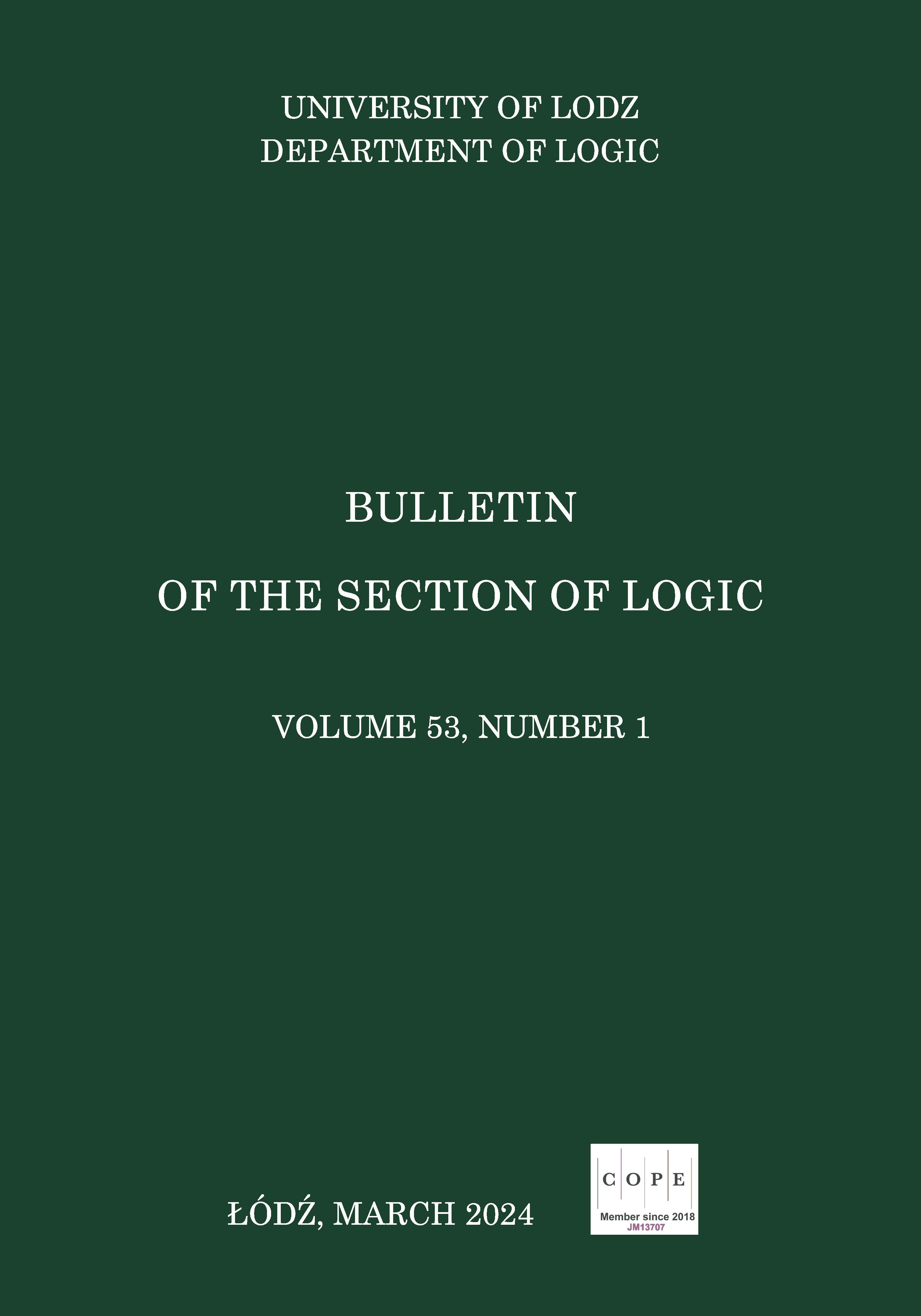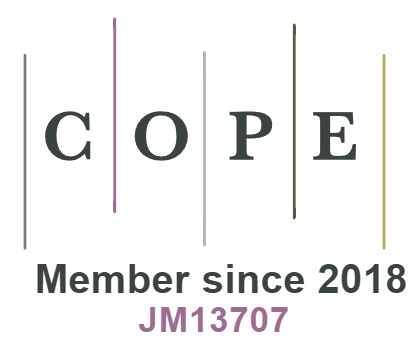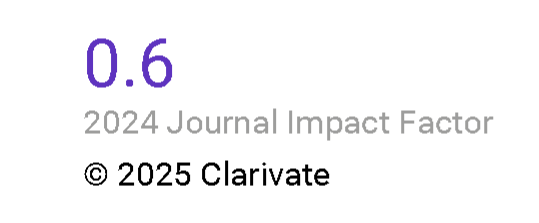Mathematical Methods in Region-Based Theories of Space: The Case of Whitehead Points
DOI:
https://doi.org/10.18778/0138-0680.2023.29Keywords:
Boolean contact algebras, region-based theories of space, point-free theories of space, points, spatial reasoning, Grzegorczyk, Whitehead, extensive abstractionAbstract
Regions-based theories of space aim—among others—to define points in a geometrically appealing way. The most famous definition of this kind is probably due to Whitehead. However, to conclude that the objects defined are points indeed, one should show that they are points of a geometrical or a topological space constructed in a specific way. This paper intends to show how the development of mathematical tools allows showing that Whitehead’s method of extensive abstraction provides a construction of objects that are fundamental building blocks of specific topological spaces.
References
B. Bennett, I. Düntsch, Axioms, algebras and topology, [in:] M. Aiello, I. Pratt-Hartmann, V. Benthem (eds.), Handbook of Spatial Logics, chap. 3, Springer, Dordrecht (2007), pp. 99–159, DOI: https://doi.org/10.1007/978-1-4020-5587-4_3
Google Scholar
L. Biacino, G. Gerla, Connection structures, Notre Dame Journal of Formal Logic, vol. 32(2) (1991), pp. 242–247, DOI: https://doi.org/10.1305/ndjfl/1093635748
Google Scholar
DOI: https://doi.org/10.1305/ndjfl/1093635748
L. Biacino, G. Gerla, Connection structures: Grzegorczyk’s and Whitehead’s definitions of point, Notre Dame Journal of Formal Logic, vol. 37(3) (1996), pp. 431–439, DOI: https://doi.org/10.1305/ndjfl/1039886519
Google Scholar
DOI: https://doi.org/10.1305/ndjfl/1039886519
B. L. Clarke, A calculus of individuals based on ‘connection’, Notre Dame Journal of Formal Logic, vol. 22(3) (1981), pp. 204–217, DOI: https://doi.org/10.1305/ndjfl/1093883455
Google Scholar
DOI: https://doi.org/10.1305/ndjfl/1093883455
B. L. Clarke, Individuals and points, Notre Dame Journal of Formal Logic, vol. 26(1) (1985), pp. 61–67, DOI: https://doi.org/10.1305/ndjfl/1093870761
Google Scholar
DOI: https://doi.org/10.1305/ndjfl/1093870761
S. W. Davis, Spaces with linearly ordered local bases, Topology Proceedings, vol. 3 (1978), pp. 37–51.
Google Scholar
T. de Laguna, Extensive abstraction: A suggestion, The Philosophical Review, vol. 30(2) (1921), pp. 216–218.
Google Scholar
DOI: https://doi.org/10.2307/2179135
H. de Vries, Compact spaces and compactifications, Van Gorcum and Comp. N.V., Amsterdam (1962).
Google Scholar
G. Del Piero, A class of fit regions and a universe of shapes for continuum mechanics, Journal of Elasticity, vol. 70 (2003), pp. 175–195, DOI: https://doi.org/10.1023/B:ELAS.0000005551.92536.c6
Google Scholar
DOI: https://doi.org/10.1023/B:ELAS.0000005551.92536.c6
G. Del Piero, A new class of fit regions, Note di Matematica, vol. 27(2) (2007), pp. 55–67.
Google Scholar
I. Düntsch, W. MacCaull, D. Vakarelov, M. Winter, Distributive contact lattices: Topological representations, The Journal of Logic and Algebraic Programming, vol. 76(1) (2008), pp. 18–34, DOI: https://doi.org/10.1016/j.jlap.2007.10.002
Google Scholar
DOI: https://doi.org/10.1016/j.jlap.2007.10.002
C. Eschenbach, A Mereotopological Definition of ‘Point’, [in:] C. Eschenbach, C. Habel, B. Smith (eds.), Topological Foundations of Cognitive Science, Graduiertenkolleg Kognitionswissenschaft, Hamburg (1994), pp. 63–80, DOI: https://doi.org/10.1007/978-1-4020-5587-4_3
Google Scholar
DOI: https://doi.org/10.1007/978-1-4020-5587-4_3
A. Galton, The mereotopology of discrete space, [in:] C. Freksa, D. M. Mark (eds.), COSIT ’99: Proceedings of the International Conference on Spatial Information Theory: Cognitive and Computational Foundations of Geographic Information Science, Springer, Berlin, Heidelberg (1999), pp. 251–266, DOI: https://doi.org/10.1007/3-540-48384-5_17
Google Scholar
DOI: https://doi.org/10.1007/3-540-48384-5_17
A. Galton, Multidimensional mereotopology, [in:] D. Dubois, C. Welty, M.-A. Williams (eds.), Principles of Knowledge Representation and Reasoning: Proceedings of the Ninth International Conference, AAAI Press (2004), pp. 45–54.
Google Scholar
R. Gruszczyński, Niestandardowe teorie przestrzeni, Wydawnictwo Naukowe Uniwersytetu Mikołaja Kopernika, Toruń (2016).
Google Scholar
R. Gruszczyński, S. J. Martinez, Grzegorczyk and Whitehead points: the story continues (2023), arxiv:2303.08664.
Google Scholar
DOI: https://doi.org/10.21203/rs.3.rs-2697702/v1
R. Gruszczyński, A. Pietruszczak, A study in Grzegorczyk point-free topology. Part I: Separation and Grzegorczyk structures, Studia Logica, vol. 106 (2018), pp. 1197–1238, DOI: https://doi.org/10.1007/s11225-018-9786-8
Google Scholar
DOI: https://doi.org/10.1007/s11225-018-9786-8
R. Gruszczyński, A. Pietruszczak, A study in Grzegorczyk point-free topology. Part II: Spaces of points, Studia Logica, vol. 107 (2019), pp. 809–843, DOI: https://doi.org/10.1007/s11225-018-9822-8
Google Scholar
DOI: https://doi.org/10.1007/s11225-018-9822-8
R. Gruszczyński, A. Pietruszczak, Grzegorczyk points and filters in Boolean contact algebras, The Review of Symbolic Logic, vol. 16(2) (2023), pp. 509–528, DOI: https://doi.org/10.1017/S1755020321000459
Google Scholar
DOI: https://doi.org/10.1017/S1755020321000459
A. Grzegorczyk, Axiomatizability of geometry without points, Synthese, vol. 12(2–3) (1960), pp. 228–235, DOI: https://doi.org/10.1007/BF00485101
Google Scholar
DOI: https://doi.org/10.1007/BF00485101
T. Hahmann, CODI: A Multidimensional Theory of Mereotopology with Closure Operations, Applied Ontology, vol. 15(3) (2020), pp. 1–61, DOI: https://doi.org/10.3233/AO-200233.
Google Scholar
DOI: https://doi.org/10.3233/AO-200233
E. Huntington, A set of postulates for abstract geometry, expressed in terms of the simple relation of inclusion, Mathematische Annale, vol. 73 (1913), pp. 522–559, DOI: https://doi.org/10.1007/BF01455955
Google Scholar
DOI: https://doi.org/10.1007/BF01455955
T. Ivanova, D. Vakarelov, Distributive mereotopology: extended distributive contact lattices, Annals of Mathematics and Artificial Intelligence, vol. 77 (2016), pp. 3–41, DOI: https://doi.org/10.1007/s10472-016-9499-5
Google Scholar
DOI: https://doi.org/10.1007/s10472-016-9499-5
P. T. Johnstone, Stone spaces, vol. 3 of Cambridge Studies in Advanced Mathematics, Cambridge University Press, Cambridge (1982).
Google Scholar
P. T. Johnstone, The point of pointless topology, Bulletin (New Series) of the American Mathematical Society, vol. 8(1) (1983), pp. 41–53, URL: https://projecteuclid.org/journals/bulletin-of-the-american-mathematical-society-new-series/volume-8/issue-1/The-point-of-pointless-topology/bams/1183550014.full
Google Scholar
DOI: https://doi.org/10.1090/S0273-0979-1983-15080-2
S. Koppelberg, Handbook of Boolean Algebras, vol. 1, Elsevier, Amsterdam (1989).
Google Scholar
T. Lando, D. Scott, A calculus of regions respecting both measure and topology, Journal of Philosophical Logic, vol. 48(5) (2019), pp. 825–850, DOI: https://doi.org/10.1007/s10992-018-9496-8
Google Scholar
DOI: https://doi.org/10.1007/s10992-018-9496-8
T. Mormann, Continuous lattices and Whiteheadian theory of space, Logic and Logical Philosophy, vol. 6(6) (1998), pp. 35–54, DOI: https://doi.org/10.12775/LLP.1998.002
Google Scholar
DOI: https://doi.org/10.12775/LLP.1998.002
J. Picado, A. Pultr, Frames and Locales, Frontiers in Mathematics, Birkhäuser, Basel (2012), DOI: https://doi.org/10.1007/978-3-0348-0154-6
Google Scholar
DOI: https://doi.org/10.1007/978-3-0348-0154-6
J. Picado, A. Pultr, Separation in Point-Free Topology, Birkhäuser, Basel (2021), DOI: https://doi.org/10.1007/978-3-030-53479-0
Google Scholar
DOI: https://doi.org/10.1007/978-3-030-53479-0
A. Pietruszczak, Metamereology, Nicolaus Copernicus University Publishing House, Toruń (2018).
Google Scholar
A. Pietruszczak, Foundations of the theory of parthood, Springer, Toruń (2020), DOI: https://doi.org/10.1007/978-3-030-36533-2
Google Scholar
DOI: https://doi.org/10.1007/978-3-030-36533-2
I. Pratt, O. Lemon, Ontologies for plane, polygonal mereotopology, Notre Dame Journal of Formal Logic, vol. 38(2) (1997), pp. 225–245, DOI: https://doi.org/10.1305/ndjfl/1039724888
Google Scholar
DOI: https://doi.org/10.1305/ndjfl/1039724888
I. Pratt-Hartmann, Empiricism and rationalism in region-based theories of space, Fundamenta Informaticae, vol. 46(1–2) (2001), pp. 159–186
Google Scholar
K. Robering, “The whole is greater than the part.” Mereology in Euclid’s Elements, Logic and Logical Philosophy, vol. 25(3) (2016), pp. 371–409, DOI: https://doi.org/10.12775/LLP.2016.011
Google Scholar
DOI: https://doi.org/10.12775/LLP.2016.011
P. Roeper, Region-based topology, Journal of Philosophical Logic, vol. 26(3) (1997), pp. 251–309, DOI: https://doi.org/10.1023/A:1017904631349
Google Scholar
DOI: https://doi.org/10.1023/A:1017904631349
H. Rüping, An example of a regular but not linear-based topological space (2016), URL: https://mathoverflow.net/q/240345 mathOverflow, version: 2016-06-03.
Google Scholar
DOI: https://doi.org/10.12677/PM.2016.63034
B. Russell, Our knowledge of the external world, George Allen and Unwin LTD, London (1914).
Google Scholar
D. J. Schoop, Points in point-free mereotopology, Fundamenta Informaticae, vol. 46(1–2) (2001), pp. 129–143.
Google Scholar
E. V. Shchepin, Real functions and near-normal spaces, Fundamenta Informaticae, vol. 13 (1972), pp. 820–830, DOI: https://doi.org/10.1007/BF00968394
Google Scholar
DOI: https://doi.org/10.1007/BF00968394
J. Stell, Boolean connection algebras: A new approach to the Region-Connection Calculus, Artificial Intelligence, vol. 122(1) (2000), pp. 111–136, DOI: https://doi.org/10.1016/S0004-3702(00)00045-X
Google Scholar
DOI: https://doi.org/10.1016/S0004-3702(00)00045-X
M. H. Stone, The theory of representations for Boolean algebras, Transactions of the American Mathematical Society, vol. 40(1) (1936), pp. 37–111, DOI: https://doi.org/10.1090/S0002-9947-1936-1501865-8
Google Scholar
DOI: https://doi.org/10.1090/S0002-9947-1936-1501865-8
T. Tao, 245b notes 4: The Stone and Loomis-Sikorski representation theorems (optional) (2009), URL: https://terrytao.wordpress.com/2009/01/12/245b-notes-1-the-stone-and-loomis-sikorski-representation-theorems-optional/ accessed: August 01, 2010
Google Scholar
A. C. Varzi, Mereology, [in:] E. N. Zalta (ed.), The Stanford Encyclopedia of Philosophy (2016), URL: https://plato.stanford.edu/entries/mereology/ spring 2016 edition.
Google Scholar
A. C. Varzi, Points as higher-order constructs, [in:] G. Hellman, S. Shapiro (eds.), The History of Continua: Philosophical and Mathematical Perspectives, Oxford University Press, Oxford (2020), pp. 347–378, DOI: https://doi.org/10.1093/oso/9780198809647.003.0015
Google Scholar
DOI: https://doi.org/10.1093/oso/9780198809647.003.0015
A. N. Whitehead, Enquiry Concerning the Principles of Human Knowledge, Cambridge University Press, Cambridge (1919).
Google Scholar
A. N. Whitehead, The Concept of Nature, Cambridge University Press, Cambridge (1920).
Google Scholar
A. N. Whitehead, Process and Reality, MacMillan, New York (1929).
Google Scholar
M. Winter, T. Hahmann, M. Grüninger, On the algebra of regular sets, Annals of Mathematics and Artificial Intelligence, vol. 65 (2012), pp. 25–60, DOI: https://doi.org/10.1007/s10472-012-9301-2
Google Scholar
DOI: https://doi.org/10.1007/s10472-012-9301-2
Downloads
Published
How to Cite
Issue
Section
License

This work is licensed under a Creative Commons Attribution-NonCommercial-NoDerivatives 4.0 International License.
Funding data
-
Narodowe Centrum Nauki
Grant numbers grant number 2020/39/B/HS1/00216















